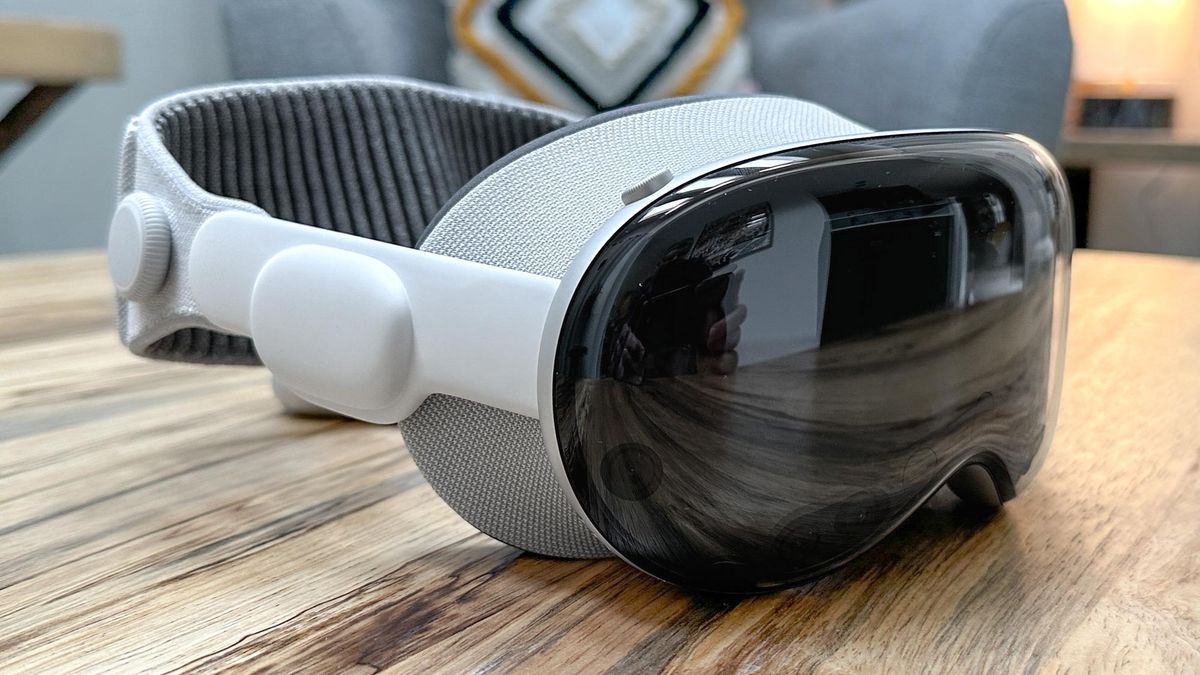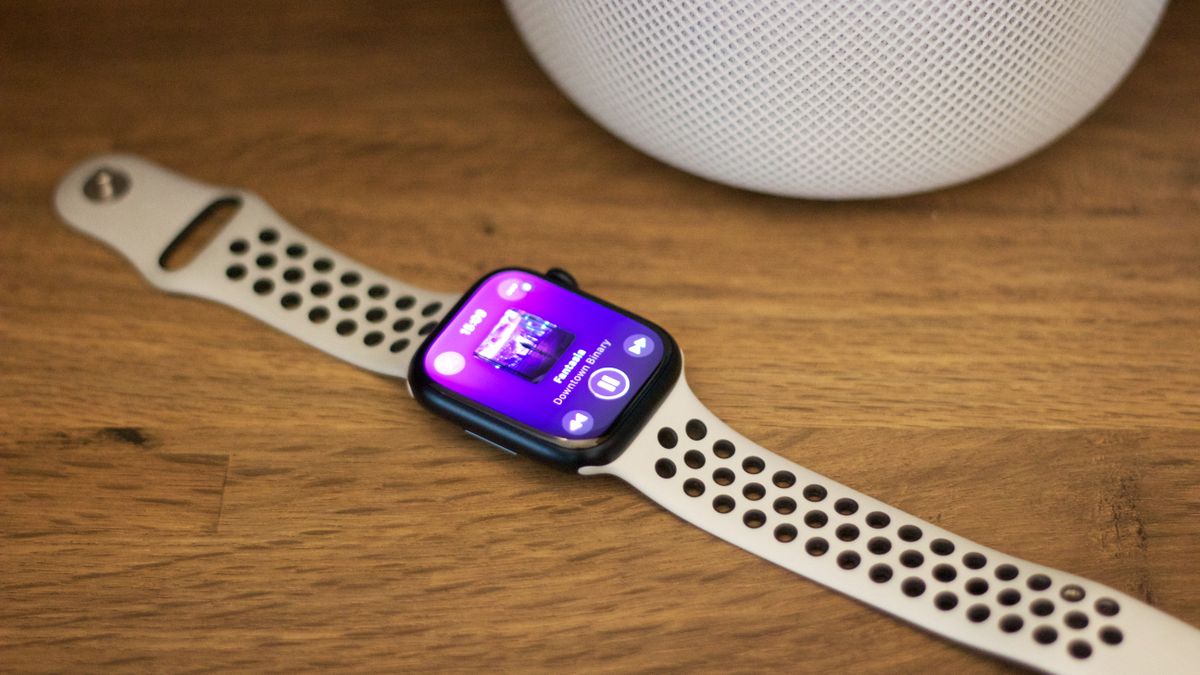We have all been tempted at some point by the ultra-cheap electronic products, usually made in China, that are available on sites like AliExpress. Prices are often so low that the deals seem too good to be true. As YouTuber Poking Technology recently discovered, sometimes deals are, in fact, too good to be true. However, if you’re willing to put in a little effort and accept the shortcomings, the devices may be worth purchasing anyway.
Poking Technology bought a smartwatch for about three bucks. The bright display and sleek design make these things look pretty appealing, especially considering the low price. But when tested, it was found to actually be severely lacking in functionality, the battery life was terrible, and the user interface was a nightmare. Worse, the few sensors available seemed fake. The step counter added hundreds of steps while sitting at a desk, and the heart rate and blood pressure sensor always seemed to give roughly the same measurements.
A look inside the case (📷: Poking Technology)
Apparently you get what you pay for. Poking Technology decided to take the smartwatch apart to see exactly what was going on. It turned out that the so-called heart rate sensor was just an LED and the space for the actual chip was empty on the PCB. The space for the accelerometer that would power the step counter was also empty. The only thing that was real was a Telink TLSR8232 microcontroller, the display, and a vibration motor.
It’s not much, but considering the form factor, it’s something to work with. Poking Technology figured that if this device ran MicroPython, the awful interface could be removed and a user could program it to do something actually useful. It may not be anything revolutionary, but for about $3, it would be a bargain.
After going through a long and tedious process of connecting the clock’s internals to a custom expansion board, then dumping and writing the flash memory with a custom Raspberry Pi Pico-based debugging interface, Poking Technology was already most of the way there. But to develop a new firmware for the onboard Telink microcontroller, there was still a lot of work to be done.
Successful reprogramming with a Pico (📷: Poking Technology)
The microcontroller didn’t contain an Arm CPU core, as you’d probably expect, but instead a strange proprietary processor. And that meant that a development toolchain specific to this microcontroller needed to be installed and learned before proceeding. After doing that work, the task of porting MicroPython turned out to be fairly easy. Within an hour, an initial version was up and running, but of course there was more work to do to smooth out some rough edges. When all was said and done, MicroPython worked just fine with the 16 kilobytes of RAM and the unusual architecture of the Telink chip.
While the watch only cost a few dollars, the engineering effort was probably worth thousands of dollars, so was it worth it? Well, not for Poking Technology, unless you consider it an educational exercise. But for those of us who can just borrow that work and have a MicroPython watch in no time, the $3 is well worth it. Check out the full video for an in-depth teardown of this shoddy, fake, but still cool in some ways smartwatch.










